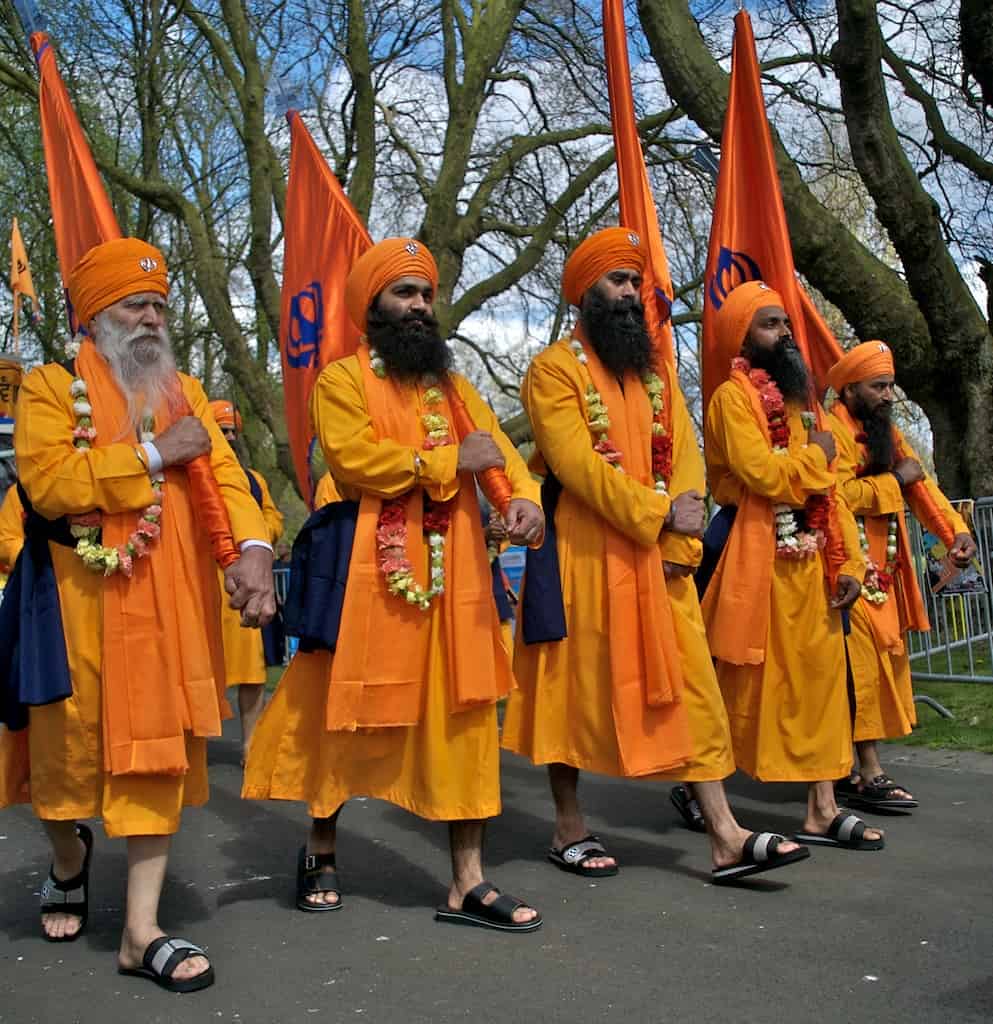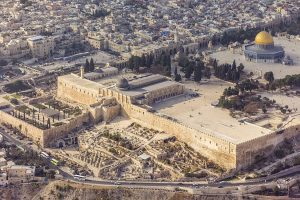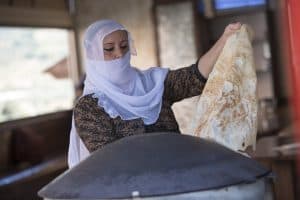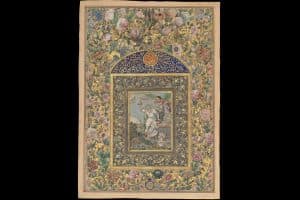By Dr Jasjit Singh
Johal , senior lecturer in Sikh studies at Birmingham University
The Sikh Council UK
Vaisakhi is a traditional Punjabi harvest festival which for Sikhs is also one of their most important religious events, celebrating the start of the Khalsa
What is Vaisakhi?
Vaisakhi is a traditional Punjabi harvest festival celebrated in rural communities with processions, singing and colourful decoration. For Sikhs throughout the world, however, Vaisakhi also marks the inauguration of the Khalsa, the body of committed Sikhs who have decided to dedicate their lives to the values taught by the Sikh gurus. It is celebrated on 13 or 14 April each year.What is the Khalsa?
The Khalsa were inaugurated by Guru Gobind Singh, the 10th Sikh guru, in 1699. The Khalsa — meaning to be “pure, sovereign” — was founded to create a group of individuals prepared to stand up to injustice, to protect innocent people from religious persecution, uphold freedom, foster spiritual observance, promote honesty and equality, and ensure all people could access basic needs such as food and health. Five volunteers were initiated first and were given a new surname, Singh, which means lion. This tradition is now widely observed in all Sikh communities and includes women, who are given the title Kaur, meaning leader. It is important to note that this initiation is voluntary and that individuals choose to undergo initiation when they feel that they are ready to do so. The initiation, Amrit Sanchaar, takes place in a gurdwara (the Sikh place of worship), in a ceremony that includes recitals of the guru’s teachings and affirmations of the key principles of the faith. Amrit is a mixture of sugar (symbolising sweetness) and water (symbolising purity), stirred by a double-edged sword (symbolising strength), which is sprinkled on the eyes and hair and then drunk by the person being initiated. All those undergoing initiation recite the Mool Mantar, the foundational statement of the Sikh tradition, followed by key readings from the Sikh liturgy. Finally, all initiates eat the karah parshad — a sweet food of flour, sugar and ghee, symbolising that they are now all equal and removing any previous caste or social status related labels. All Khalsa are instructed to wear five key symbols known as the five Ks, as they all begin with the letter K in the Punjabi language:- Kesh — uncut hair
- Kangha — a wooden comb
- Kara — an iron or steel bangle worn on the wrist
- Kirpan — a sword
- Kacchera (also spelt kachh, kaccha, and kachera) — short breeches




















